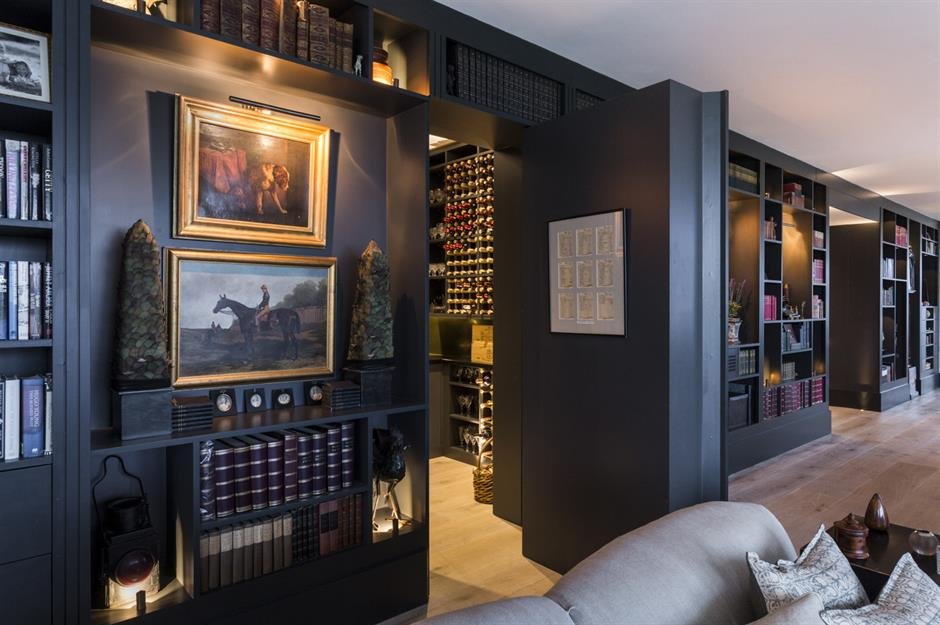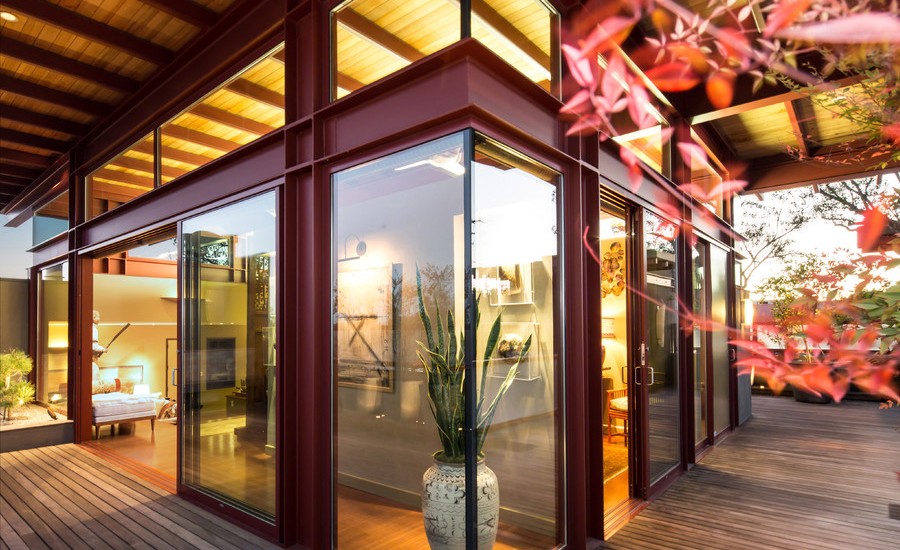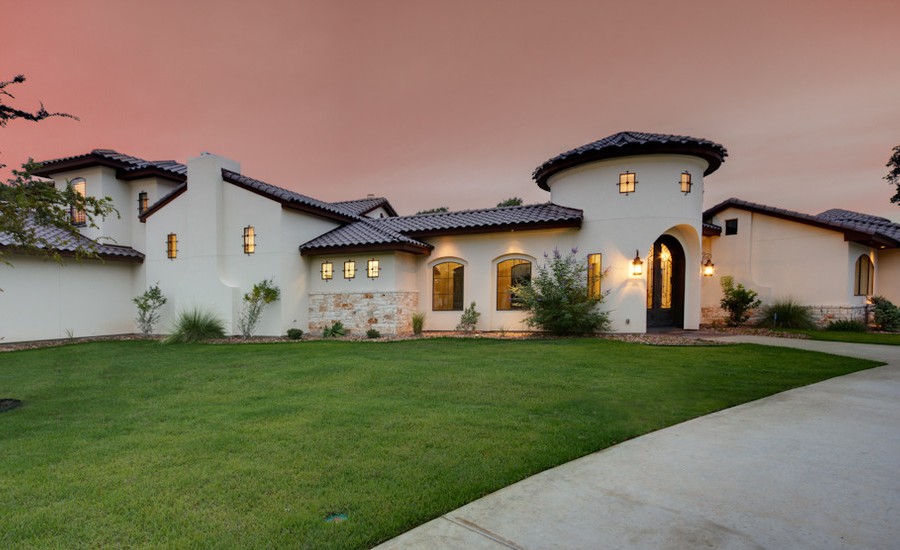A safe room should be an important consideration for your home security if the safety of your own, as well as your family inside the house, is your top priority. The safe room, or panic room, can be a safe area for you in the event of a robbery or home intrusion, and can also protect your family from natural disasters such as tornadoes, hurricanes, or even earthquakes.
In this guide, we will discuss some important tips you can use to set up a proper safe room in your house, and without further ado, let us begin with the first one: location.
1. Finding The Best Location for Your Panic Room
The most ideal place for a safe room is in a basement underground. Having the panic room in a basement can effectively protect your family from hurricanes or other stormwinds. The underground panic room, away from the house’s exterior walls, will be the most secure location.
However, obviously not every homeowner can build an underground space. In this case, you can opt for a first-floor interior room, and the garage can also be a good option. However, make sure your garage has a strong enough structure to avoid the risk of falling debris during the storm.
Other tips we’d recommend in this category are:
- Make sure the panic room is close enough to the frequently-used living spaces in your house. So, you can quickly access the room in the event of an emergency.
- You’d want the safe room to be located in a room with no existing windows so you can better conceal its presence. If this isn’t possible, you might want to upgrade the windows to a forced-entry-resistant window.
- To protect yourself from intruders, camouflage the safe room as much as possible. We will discuss how to install a concealed security door for your safe room later below, but it’s important to first pick a location where you can effectively camouflage the room’s presence.
2. Installing Your Perfect Security Door
The security door to your safe room is arguably the most important consideration you should have for your panic room.
We’d want the secure entry door to be properly camouflaged, and we also need to make sure that even when the criminal can find this door, it is secure enough to keep the intruders outside of the panic room.
You wouldn’t want to compromise the quality of the panic room door and make sure to get one from certified companies to ensure your security door is strong enough to withstand storm winds, impact damages, fire damages, and other substantial risks.
Fortified Estate offers front security doors and bullet-resistant doors that have been certified by the U.S. Department of State, as well as other respectable global security standards.
Here are some additional considerations about your panic room door:
- If you are planning to store valuables inside the panic room, then the door must be lockable from the outside. If you have relatively many people in your house who’ll need to enter the safe room in the event of emergencies, the unlocking method must be considered (i.e. using passcode or fingerprint scanner) so you won’t need a lot of keys.
- In general, make sure to use a high-security lock with multiple locking points, preventing criminals from disengaging the pins.
- The door must be strong enough to withstand impact abuse without allowing entry.
- Make sure that the door is properly secured to the surrounding wall, and take good care so that it can blend with the rest of your home. At Fortified Estate, you can order a completely custom safe room door design that will blend with the rest of your home.
3. What Should You Prepare In The Safe Room
You should prepare the panic room for the possibility that you might need to stay inside it for days or even weeks in the event of emergencies. Build the safe room with the assumption that the rest of your house will be inaccessible and/or destroyed, and you’ll need to survive with only the things in that room.
With that being said, you should prepare:
- Around a week’s worth of food and water (and additional beverages)
- Food for your pets if any
- Medical supplies, including prescribed medicine for anyone in the house
- Charger for cellphone
- Radio equipment (i.e. walkie talkie, satellite phone, etc.), means to contact the outside world besides your phone and cellphone
- Warm clothes, blankets, and bed
- Extra set of clothes and shoes, extra boots if necessary
- Life jackets and rain jackets
- Gloves
- Tools like an ax, ply bar, knife, multitool, etc. Be prepared for the possibility that you might need to break out of the safe room
- Flashlight and extra batteries
- Rope
- Computer with internet connection if possible
4. Don’t Forget The Walls
Make sure the walls are made of materials that can withstand forced entry and also bullet resistant. If constructing concrete walls isn’t possible, at Fortified estate we have retrofit panel options made of Kevlar and fiberglass that are affordable and easy to install right away.
Also, it’s important to choose wall materials that won’t interfere with cellular signals and Wi-Fi, so you can maintain contact with the outside world in the event of emergencies.
Conclusion
In the event of an attack, natural disasters, or other types of emergencies, a safe room can effectively protect the resident of the house until the threat has subsided and/or help has arrived.
In most cases, the safe room’s security door is the most important factor to consider when building a safe room. The door must be sturdy and strong enough to withstand impact and damages without allowing entry, and must also feature an adequate locking system that is both secure and convenient.



















